After storm No. 3, the weather has had many unusual developments, heavy rains causing flooding leading to the risk of disease outbreaks in livestock and poultry. To ensure safety in livestock farming, professional sectors and households are focusing on environmental treatment, monitoring and disease prevention.
Professional staff of the Department of Animal Husbandry and Veterinary Medicine inspected the activities of the livestock farm in Bach Thuan commune (Vu Thu).
Quynh Phu is a locality where many livestock and poultry died after storm No. 3. Up to this point, localities in the district have basically overcome and handled the livestock environment.
Mr. Nguyen Van Duy, Head of the District Animal Husbandry and Veterinary Station, said: Storm No. 3 has caused the roofs of a number of livestock barns and auxiliary works to be blown off with a total area of nearly 25,200m2 ; 105 pigs, 1 cow, and more than 33,600 poultry in 17 communes were killed. The current weather is still rainy, the District Animal Husbandry and Veterinary Station continues to recommend that livestock households take measures to ensure their livestock; at the same time, increase staff to localities to guide farmers in using chemicals and lime powder to effectively treat the environment in livestock areas. For livestock that are due for vaccination, households need to get enough shots and doses of disease prevention according to the recommendations of the professional sector.
Mr. Nguyen Duc Am, Quynh Hoa commune, said: Storm No. 3 blew off the roof of my family's pig pen, causing flooding in the livestock area. Up to this point, my family has finished repairing the roof of the pig pen, but now the heavy rain can easily cause flooding in the pig pen area again, so I proactively bought lime powder to treat it, and at the same time, cleared the sewers to drain the water in time. As for the chickens, I have moved them to higher ground to avoid flooding.
For Thai Thuy, at present, the district is also focusing on improving the livestock environment at farms and households, ensuring sustainable livestock farming.
Ms. Le Thi Sinh, Head of the District Animal Husbandry and Veterinary Station, said: After storm No. 3, some farms had their roofs blown off and biogas tarps torn. Poultry and waterfowl farmers in some communes such as Thai Do, Hong Dung, Thuy Trinh, Duong Hong Thuy, Thuan Thanh... suffered losses of about 10,000 animals. For dead livestock and poultry, we have handled them according to regulations to protect the residential environment. At the same time, we recommend that livestock farmers check the drainage system and waste storage areas to limit pollution. Clear sewers and limit flooding during heavy rains. Vaccinate livestock and poultry fully on schedule to increase immunity. Regularly check livestock and poultry, pay attention to early detection of abnormalities such as lethargy and poor appetite to take timely measures.
There are currently 1,558 farms in the province, including 40 large-scale farms, 491 medium-scale farms, and 1,027 small-scale farms. The total herd of buffalo and cows is 59,500, the herd of pigs is 713,000, and the herd of poultry is 13 million. In August 2024, the grassroots veterinary force organized the injection of 285,000 doses of vaccine for poultry and 250,000 doses of vaccine for pigs. Storm No. 3 and the rain in recent days have caused damage to livestock households in the province with a preliminary estimate of more than 60,000 dead poultry and waterfowl; nearly 150 cattle died; some barns had their corrugated iron roofs blown off, their surrounding walls and farm walls collapsed; 1 farm had its biogas tank torn...
Mr. Pham Thanh Nhuong, Head of the Department of Animal Husbandry and Veterinary Medicine, said: Storms and floods are factors that negatively affect livestock and poultry, creating opportunities for pathogens to spread, creating favorable conditions for disease outbreaks in livestock and poultry. Therefore, the Department has sent staff to localities to grasp the situation and implement measures to handle the environment in livestock areas. For areas at risk of flooding, prepare plans to relocate livestock to higher ground by carefully covering cages, storing enough food and keeping food dry, free of mold, and providing enough clean water for livestock. Use backup generators to ensure safety for large-scale livestock and poultry farms in case of power outages. Fully vaccinate livestock according to the instructions of veterinary staff. Strengthen care and improve the quality of livestock rations to increase resistance. Regularly clean the barn, clear the barn environment and clean livestock equipment. Periodically 1-2 times/week, spray and disinfect the barn and surrounding area with disinfectants according to regulations and manufacturer's instructions. Dead animals must be handled according to regulations of the professional sector.
Livestock farmers in Thuy Viet commune (Thai Thuy) sprinkle lime powder to treat the environment after storm No. 3.
Manh Thang
Source: https://baothaibinh.com.vn/tin-tuc/4/207873/xu-ly-moi-truong-phong-chong-dich-benh-tren-dan-vat-nuoi


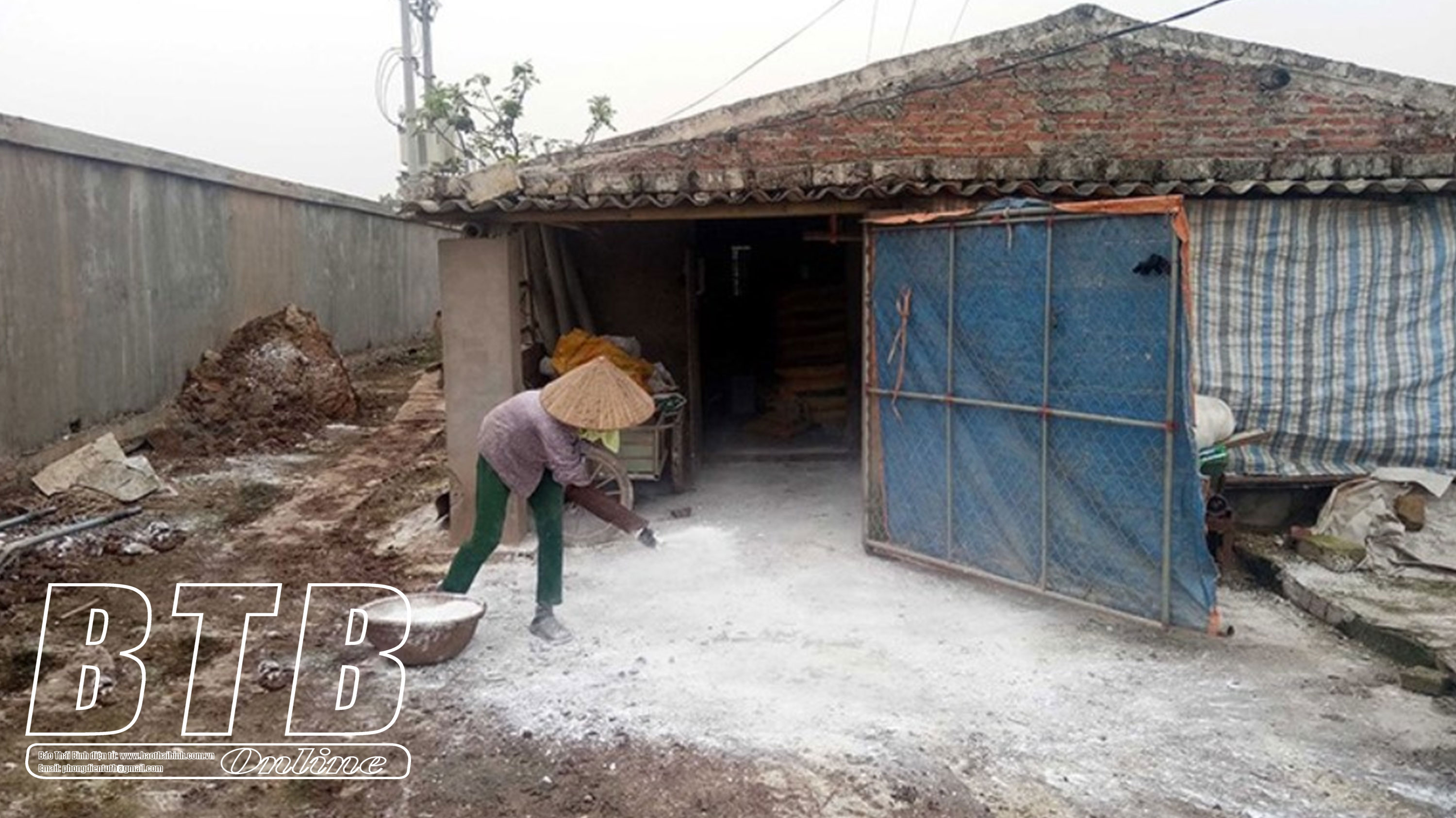
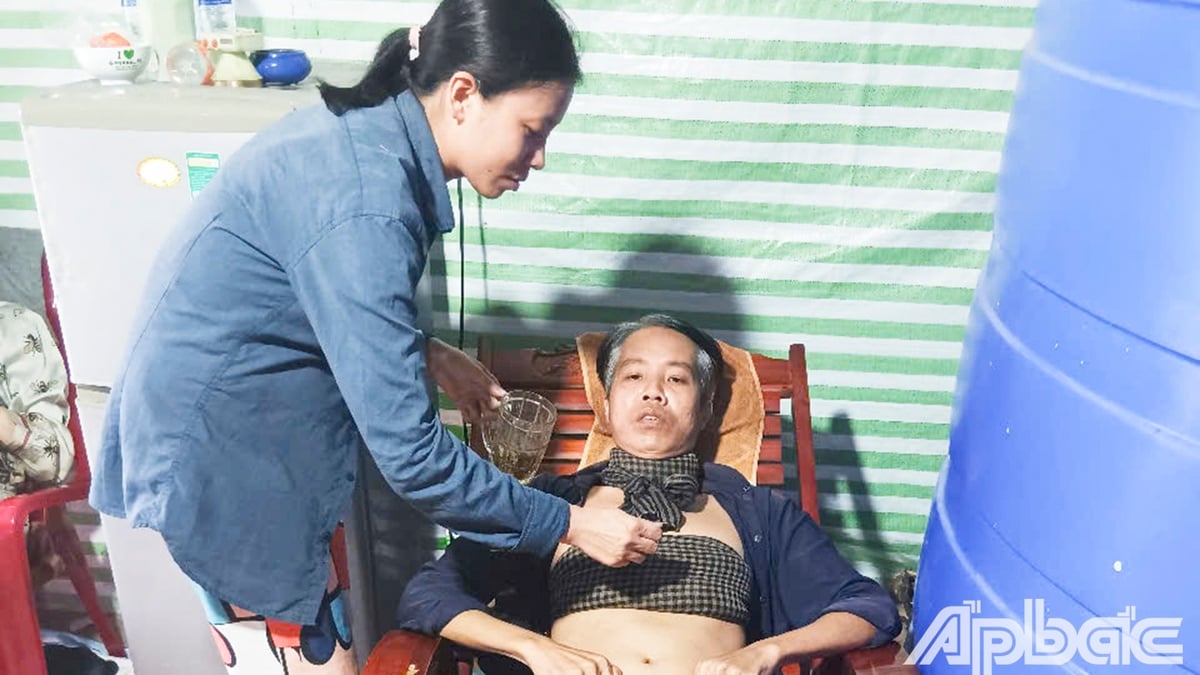

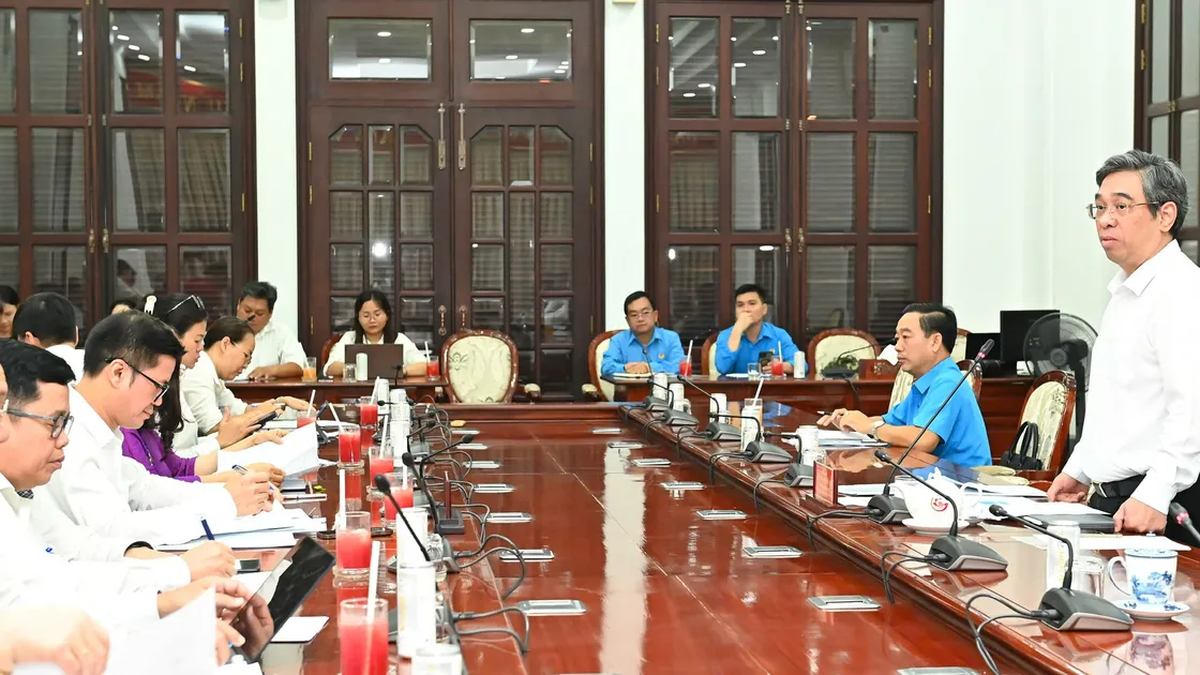

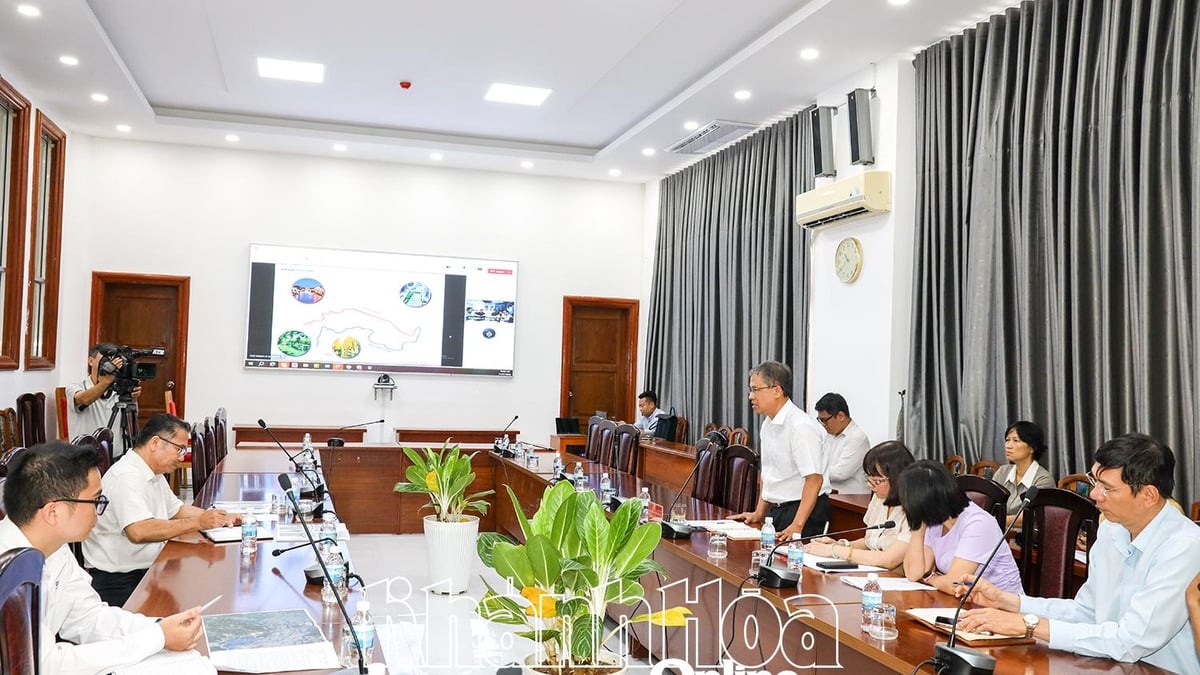

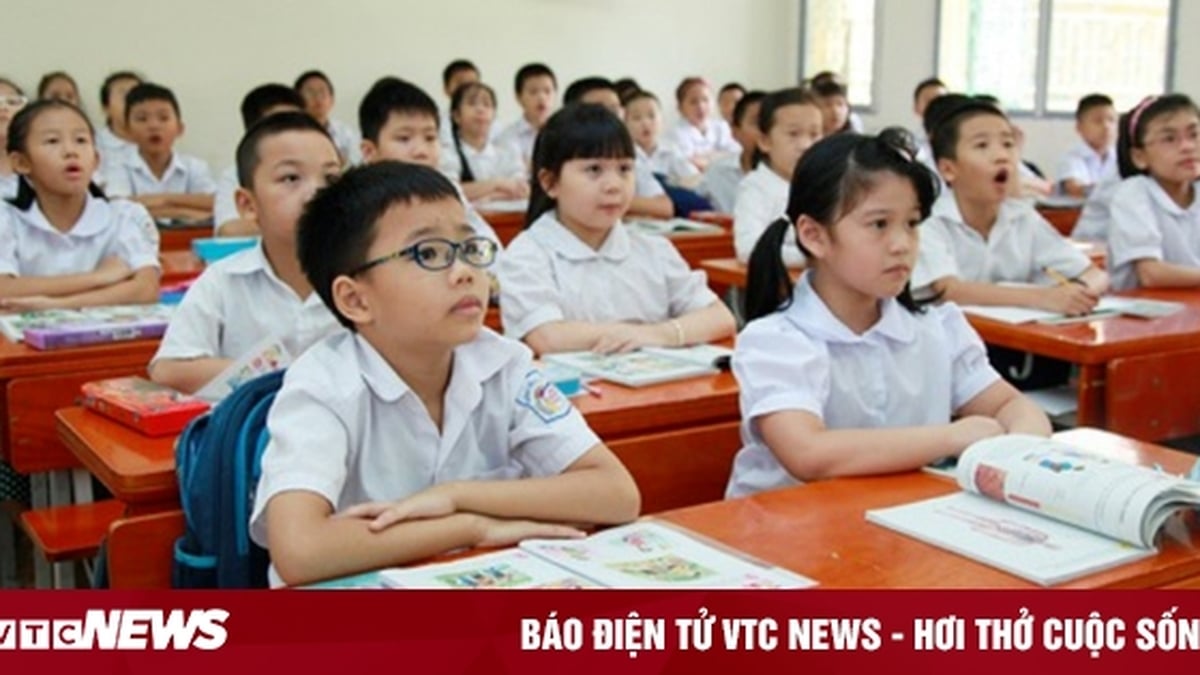
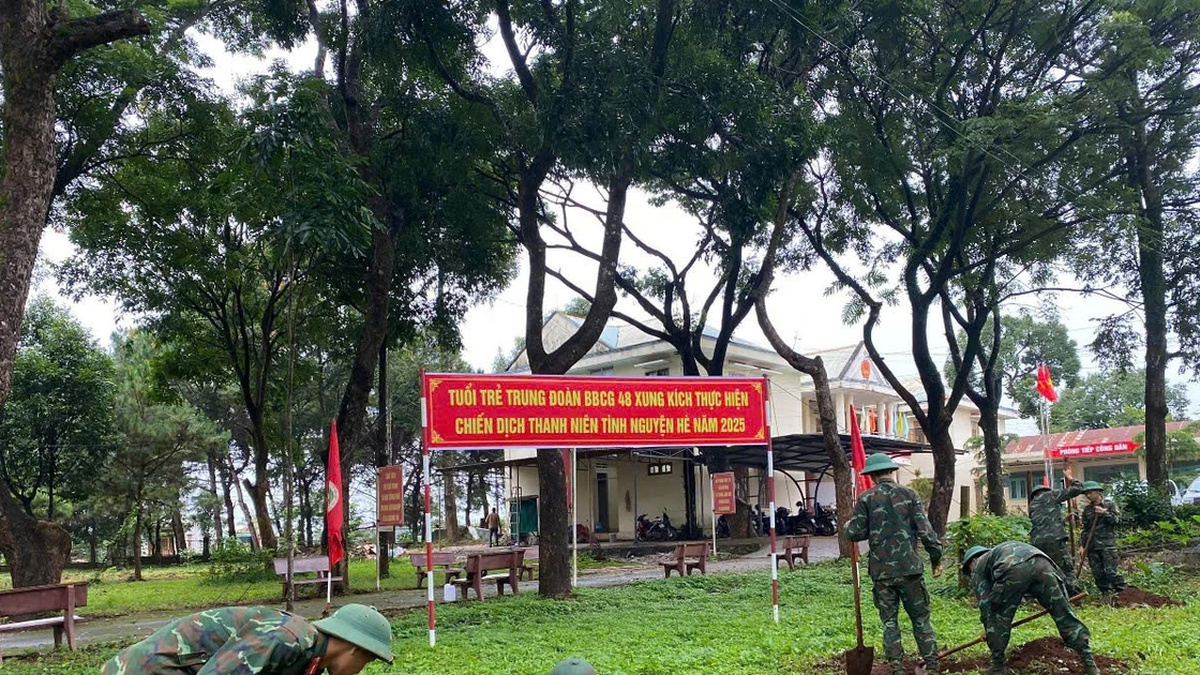
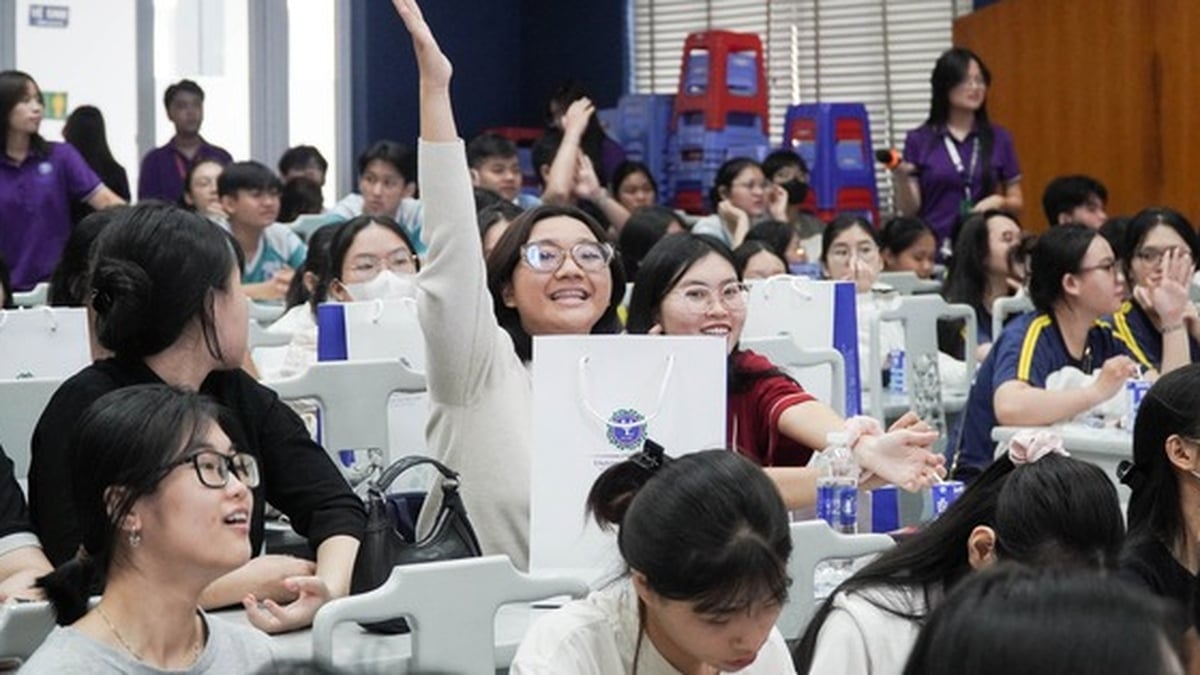
















![[Photo] National Assembly Chairman Tran Thanh Man visits Vietnamese Heroic Mother Ta Thi Tran](https://vphoto.vietnam.vn/thumb/1200x675/vietnam/resource/IMAGE/2025/7/20/765c0bd057dd44ad83ab89fe0255b783)









































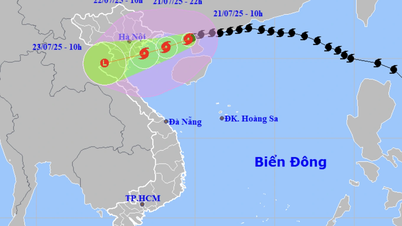






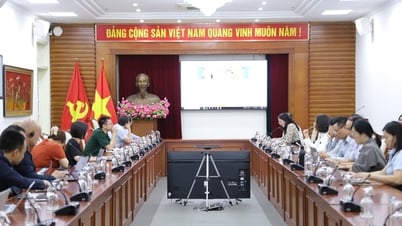
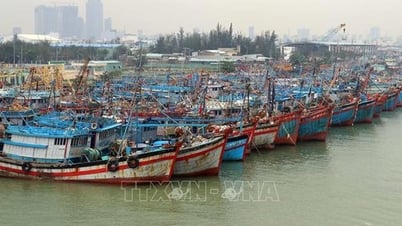





















Comment (0)